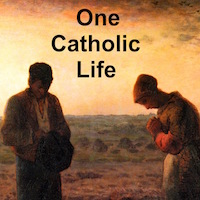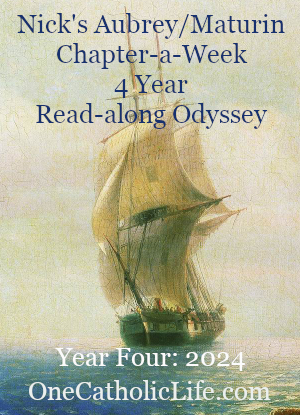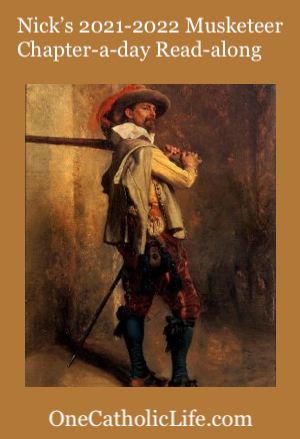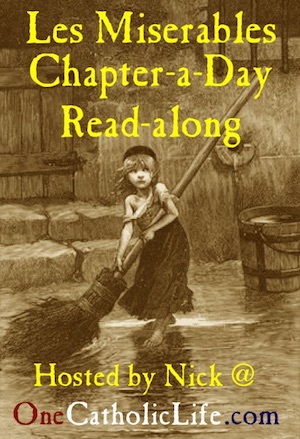The Crucifix on the Wall: Homily for the 7th Sunday in Ordinary Time

An eye for an eye and a tooth for a tooth.
On the surface that seems so barbaric.
And yet that law, known as the Law of Retaliation,
was one of the most civilizing acts in human history.
In the ancient world,
before there were any laws,
if a person was hurt or offended,
then they would round up their clan
and go after the person who caused the injury
and their revenge would often be worse than the original crime,
perhaps even leading to death.
The Law of Retaliation was intended to put on a limit on the retribution:
You could only take an eye for an eye.
In other words, your retribution couldn’t be worse than the crime.
If someone stole your livestock,
you got an equivalent amount of livestock back,
you didn’t get to burn their farm to the ground.
This “eye for an eye” Law of Retribution
is found throughout the Old Testament,
and Jesus’ disciples would have been very familiar with it.
We even see the remnants of the Law of Retribution today
in our own justice system.
Judges and juries attempt to give sentences that are just,
without being cruel or unusual punishment.
It doesn’t always happen the way it’s supposed to,
but at least that’s the intent of the law.
But today Jesus is moving his disciples—and us—beyond the law.
“An eye for an eye” might have been sufficient at one time,
but to be a follower of Jesus we must go beyond that.
“Offer no resistance to one who is evil.”
“Turn the other cheek.”
Jesus is always seeking to lead his disciples
further along the road to salvation.
And he does this by moving them beyond the law, beyond logic.
We see this again
when he talks about loving our neighbors and hating our enemies.
It’s understandable to hate an enemy, it’s logical.
But again, Jesus is trying to move his disciples beyond logic.
Or rather, he is giving his disciples a different kind of logic,
the logic of love.
“Love your enemies, and pray for those who persecute you.”
These are very hard teachings to obey.
But Jesus has high expectations for us:
“Be perfect, just as your heavenly father is perfect.”
Jesus always seeks to lead us further and further toward perfection.
Beyond the law, beyond logic, to love.
It is in fact the law of love, the logic of love.
This is what it means to be Christian.
This is the perfection that Jesus asks of us.
But he doesn’t just ask it of us.
As our Messiah, our savior, he goes before us in living it out.
He shows us the way.
He gives us the cross as is his concrete demonstration
of what it looks to refuse to take an eye for an eye,
of what it looks like to love our enemies.
We see it every time we gaze upon the crucifix.
The crucifix is both our example and our destiny.
This past week we had an open house at school,
and there was a young family that came
with their son to look at our kindergarten.
They mentioned early on that they weren’t Catholic,
but they were very interested in our school.
As we took them on a tour of all the classrooms they had lots of questions.
Questions about Mass, questions about religion class,
even questions about what science class is like in a Catholic school.
It’s very interesting, the perceptions people have about Catholic schools,
and we tried to answer all their questions as we walked.
And when we got to the last classroom on the tour,
the mother took me aside and pointed at the crucifix on the wall
and asked in a low voice,
“Is there one of those—”
she didn’t know what to call it—
“A crucifix?” I asked.
“—yes, is there one of those in every room?”
And I thought to myself,
a crucifix must look really strange
if you’re not used to seeing one:
the tortured body of a man with nails piercing his hands and feet,
nailed to the crossbeams.
A crucifix can look pretty gruesome.
And yet we have these hanging in classrooms with our youngest children.
It must seem really odd to people outside of the Catholic faith.
So I explained what it was and why it was important to us as Catholics,
and she seemed to understand and respect the answer.
But that conversation stayed with me all that night and into the next day.
First, I kept trying to imagine
what the crucifix must have looked like to the mother,
and what must have been going through her mind as she looked at it.
It helped me see the crucifix in a fresh light.
I also thought about how good it was
that the school’s Catholic identity had been noticed
in the crucifixes hanging on the walls.
There was no mistaking that she was in a Catholic school.
After all, the way you tell that you are in a Catholic church,
or a Catholic home, or in a Catholic school,
is by the crucifix, right?
If there’s a body on the cross, then the place must be Catholic.
And yet the crucifix is only an external sign.
Anyone can hang a crucifix on a wall.
Today’s Scripture reminds us that what truly marks a Christian
isn’t what hangs on the wall,
but what lies in the heart.
Jesus had many opportunities to avoid the cross.
He could have stopped healing on the Sabbath—
or at least he could have stopped doing it so publicly.
He could have let Peter use his sword
when the guards came to arrest him.
He could have used his divine power at any time
to overthrow his enemies.
But he didn’t.
Instead he let his enemies have their way.
He offered no resistance to evil.
He turned the other cheek.
He handed over both his tunic and his cloak.
He went the extra mile all the way to Calvary.
That is what the crucifix represents.
Today’s readings challenge us to ask ourselves
if we have we gotten so used to the crucifix
that we’ve forgotten what it stands for.
When we look at our polarized, vindictive world,
we must ask ourselves,
Have we forgotten what the crucifix represents?
Every time a Christian seeks revenge,
every time a Christian tries to take an eye for an eye,
even if it’s only a desire in our heart,
the crucifix is forgotten.
Other people can hold grudges in their hearts.
Other people can hate their enemies.
Other people can try to take an eye for an eye.
We Christians are held to a higher standard.
We are called to be different.
That’s what holiness is.
To be different.
God tells us,
“Be holy, for I, the Lord, your God, am holy.”
The word “holy” means to be set apart,
it means to be different.
We are different when follow the law and logic of love.
We are different when we offer no resistance to evil.
We are different when we turn the other cheek after having been struck.
It makes no earthly sense.
Who in their right mind does that?
We Christians do.
Or, at least, we’re supposed to.
As St. Paul says,
“If any one among you considers himself wise in this age,
let him become a fool.”
“Take no revenge and cherish no grudge.”
Revenge seems to be all we see in the world today,
When will it end?
Who will interrupt the cycle of violence
by turning the other cheek?
By loving the enemy?
It has to be us.
It has to be Christians.
Otherwise the crucifixes on our walls means nothing.
It is a good thing that our school’s Catholic faith
was recognized in the crucifixes hanging in our classrooms.
But it will be even better
if that family enrolls in our school
and recognizes our Catholic faith even more visibly
by the way the students live their lives differently.
The season of Lent begins this Wednesday.
Perhaps during Lent we can take some time
to look at the crucifix frequently
and try to see with fresh eyes the shocking example Jesus sets for us.
But more importantly,
may the crucifixes on our walls be made visible to the world
by the different way in which we live our lives,
moving beyond the world’s law and logic
and embracing the law and logic of love.
Podcast: Play in new window | Download
Subscribe: RSS































